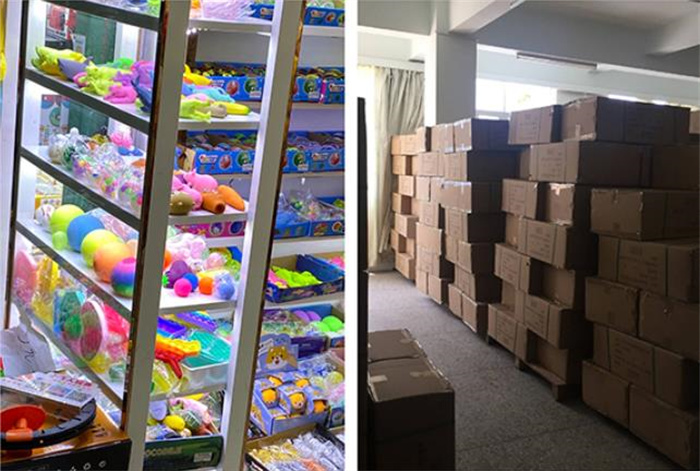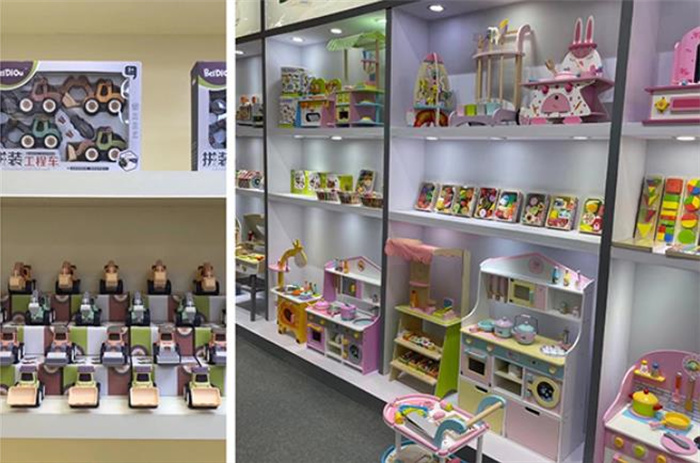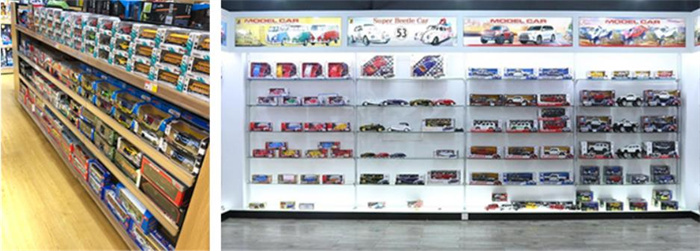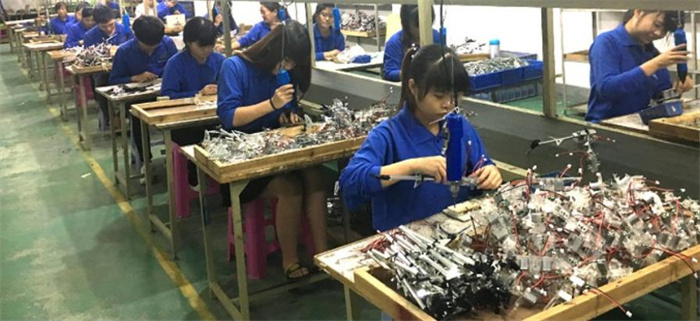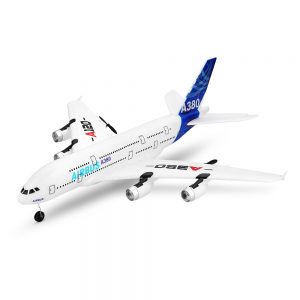
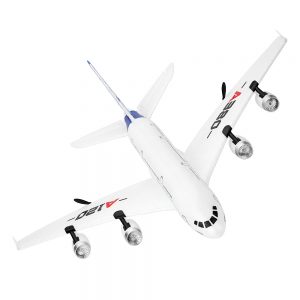
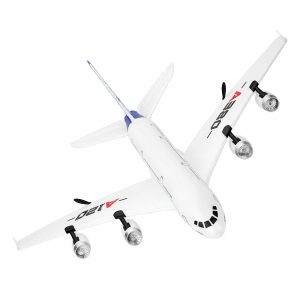
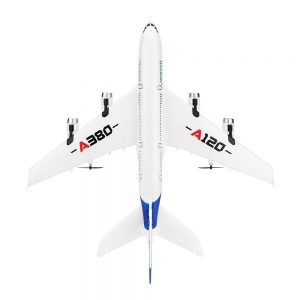
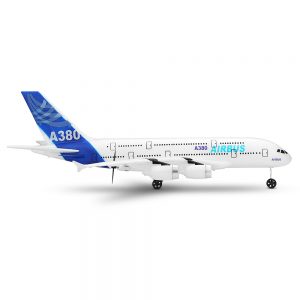
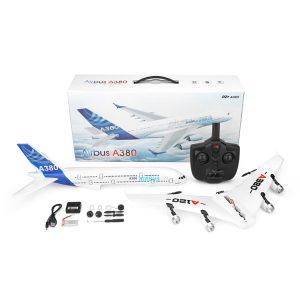
| Product Type | Rc Plane |
| Size | 50X25X15cm |
| Weight | 3.800kg |
| Material | Plastic |
| Scale | 1:12 |
| Power | Battery |
| Speed | 8km/h |
| Package | gift box |
| Plastic Type | ABS |
| Certification | ASTM, EN71, ce, CCC |
| Color | Picture shown |
| Style | Radio Control Toy |
| Max Speed | 80km/h |
| Playing time | 20-25 Minutes |
| Packing | Color Box+Carton |
| Feature | smart remote contro |
Principle of remote control aircraft:
The remote controller sends out a signal, the receiver on the aircraft receives the signal, and the receiver transmits the signal and electric energy to the steering gear. The steering gear rotates to drive the connecting rod to control the flight of the aircraft.
For example, a helicopter: when pushing the elevator, the transmitter (remote control) transmits a piece of data (the amount you push the elevator has been directly processed by the remote control as motion data, which is called a smart remote control) through its frequency, and the aircraft is equipped with a receiver The aircraft is powered by the receiving battery on the aircraft (the oil motive also has a battery), and the receiver will directly transmit data and power (a servo has three wires to the receiver, one data cable, and two power cables) to the elevator control On the steering gear (consisting of a miniature motor, circuit board and gear set, the steering gear rotates to an accuracy of 0.1°, except for sailboat steering gears and robot steering gears, which can only rotate 170°). Then the steering gear rotates through the connecting rod to tilt the swash plate on the helicopter main shaft back and forth. The tilt of the swash plate controls the pitch change of the main rotor, so that the helicopter has the force to roll forward and backward, so that the aircraft can complete your control.
